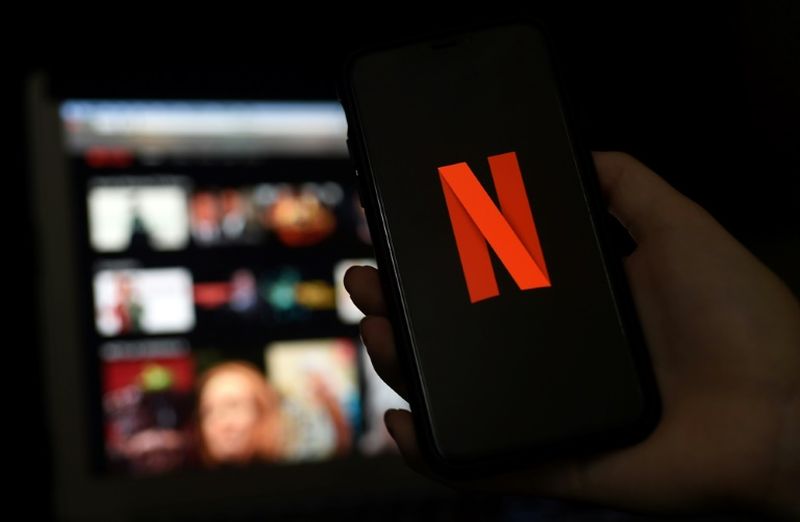It may sound a bit frivolous, but the data is right: Netflix’s spectacular increase in subscriptions in 2020 can be attributed, to a large extent, to the effects of the pandemic and confinement. We have consumed more audiovisual at home, and Netflix has undoubtedly taken advantage of this. And now that we are gradually approaching the end of the crisis with the increase in vaccinations, the spectacular increase in subscribers is freezing.
Netflix subscriber growth slows after impressive 2020 numbers
So it has announced in the financial results of its first quarter of 2021: Netflix has increased the number of global subscribers by 3.98 million (totaling 207’4 million). This 13’6% increase falls far short of its initial forecast of gaining 6 million new customers. As a result, it has readjusted its forecasts for the second quarter of 2021, when it expects only 1 million. Within that amount, Netflix has earmarked almost zero growth for the Americas: the United States, Canada, and Latin America.
The company has no problem identifying the pandemic as the source of its runaway growth in 2020: “We believe that paid membership growth has slowed in 2021 due to the COVID-19 push experienced in 2020″. But the pandemic has also had its impact on content production: the decline in subscribers they blame in the letter sent to their shareholders “on a lighter content schedule in the first half of this year due to delays in the production of COVID-19.”
Netflix will invest more in content this year

To cushion the decline in subscriptions, the company is going to increase the amount of money it allocates to in-house production: $17 billion in content, up sharply from $11.8 billion last year. This is an increase of 44%, and with it, they intend to counteract the delays in filming due to the pandemic and fulfill their recent promise of a weekly premiere of their production.
That’s not to say that Netflix’s finances are limping: the company has reported revenues of $7.16 billion, a quarterly record that continues to place it at the top of the streaming platforms. The last year has seen the arrival of very powerful competitors that have transformed the content distribution and production business, as Disney Plus, HBO Max, or Peacock belong to large audiovisual conglomerates with enormous power when it comes to triggering new trends in the industry.
Netflix has stated, however, that it does not believe that the “intensity of the competition” to take over the streaming market has anything to do with this lower than expected increase in the number of subscribers. But the truth is that it faces a considerable challenge to make its mark.





